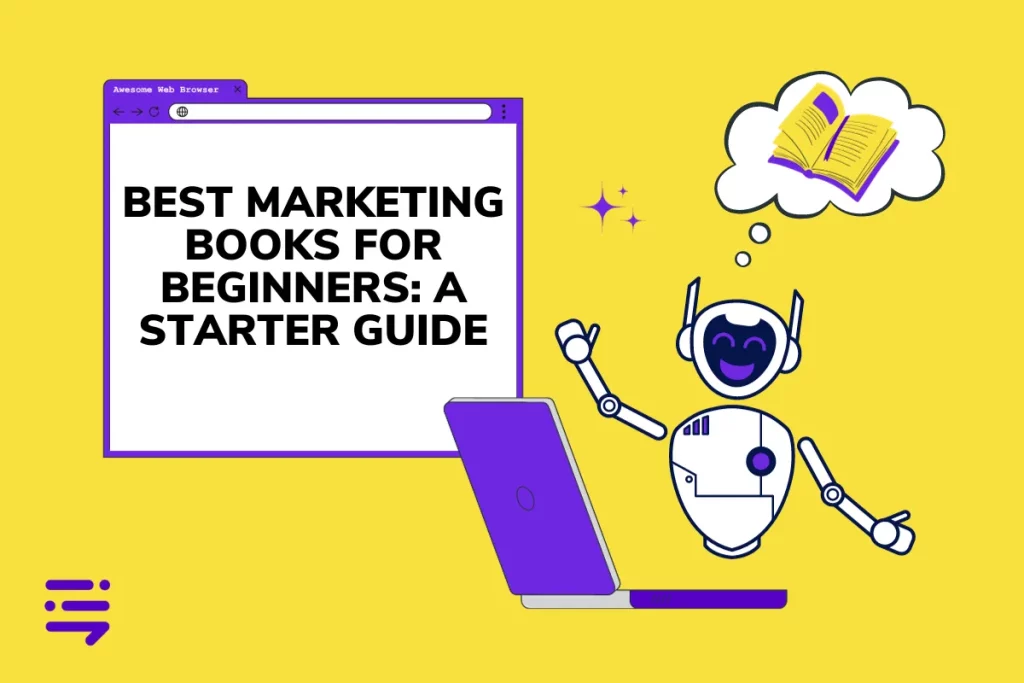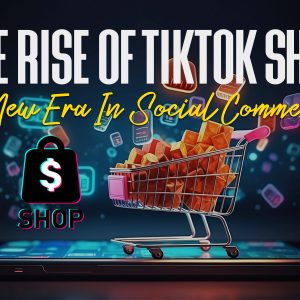
In the ever-evolving landscape of marketing, setting clear and measurable goals is the North Star guiding every campaign, strategy, and decision. But with a multitude of metrics and objectives vying for attention, it’s easy to feel overwhelmed and lose sight of the bigger picture. To navigate this complexity, marketers must understand the fundamental types of marketing goals, each serving a distinct purpose within the broader marketing compass.
This article delves into the three essential categories of marketing goals: Brand Share, Brand Category, and Customer Acquisition/Retention. By demystifying their nuances, we’ll equip you with the knowledge and tools to chart a course towards achieving impactful and measurable success.
1. Brand Share: Building Your Corner of the Market
Imagine your brand as a vibrant tent nestled amidst a bustling marketplace. Brand Share represents the size of your tent, the footprint you occupy within the minds and hearts of your target audience. It’s about building awareness, recognition, and preference for your brand over competitors.
Metrics that illuminate your Brand Share:
- Brand awareness: Impressions, reach, recall, and brand mentions across various channels.
- Brand engagement: Website traffic, social media interactions, and user-generated content.
- Brand preference: Customer surveys, market share data, and share of voice in industry publications.
Strategies to expand your Brand Share:
- Differentiation: Craft a unique brand story and value proposition that sets you apart.
- Targeted advertising: Reach your ideal audience through relevant channels and platforms.
- Content marketing: Create valuable and engaging content that resonates with your target market.
- Public relations: Build positive brand associations through earned media coverage.
- Customer experience: Deliver exceptional experiences at every touchpoint to foster brand loyalty.
Remember: Brand Share is a long-term game. While immediate spikes in awareness are exciting, the true measure of success lies in consistently nurturing positive brand perceptions over time.
2. Brand Category: Shaping the Market Conversation
Now, step outside your tent and look at the entire marketplace. Brand Category goals focus on influencing the overall perception and behavior within your industry or niche. It’s about shifting market trends, expanding the pie itself, and making the category more relevant to your target audience.
Metrics that gauge your impact on the Brand Category:
- Market share growth: Increase in overall sales volume within the industry.
- Category awareness and understanding: Public perception of the category and its value.
- Customer behavior: Changes in consumption patterns and purchase decisions within the category.
Strategies to elevate your Brand Category:
- Thought leadership: Establish your brand as a trusted authority in the industry through research, insights, and thought pieces.
- Industry partnerships: Collaborate with other players to raise awareness and promote category growth.
- Category innovation: Develop new products, services, or experiences that redefine the category landscape.
- Advocacy and education: Encourage responsible consumption, ethical practices, and sustainable development within the category.
Tip: While Brand Category goals may seem altruistic, they ultimately benefit your brand by positioning it as a driving force behind positive change in the industry, attracting a loyal customer base who share your values.
3. Customer Acquisition/Retention: Filling the Tent with Loyal Guests
Back under your brand tent, Customer Acquisition/Retention goals are all about welcoming new guests and keeping them coming back for more. It’s the heart of your business, ensuring a steady flow of customers and building long-term relationships.
Metrics that track your customer journey:
- Customer acquisition cost (CAC): The cost of acquiring a new customer.
- Customer lifetime value (CLTV): The total revenue generated by a customer over their relationship with the brand.
- Customer churn rate: The percentage of customers who stop doing business with you over a period.
Strategies to acquire and retain customers:
- Targeted marketing and lead generation: Attract qualified leads through personalized messaging and relevant offers.
- Seamless customer experience: Optimize every touchpoint, from website navigation to post-purchase support.
- Loyalty programs and rewards: Offer incentives to encourage repeat purchases and brand advocacy.
- Personalized communication and engagement: Tailor your communication to individual customer preferences and needs.
- Building community and relationships: Foster a sense of belonging and connection with your brand.
Remember: Customer Acquisition/Retention is a continuous cycle. While acquiring new customers is crucial, retaining existing ones is often more cost-effective and valuable. By focusing on customer satisfaction and loyalty, you build a sustainable foundation for long-term growth.










